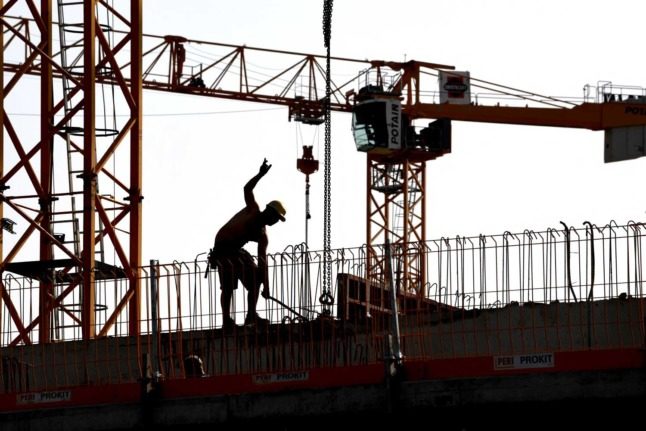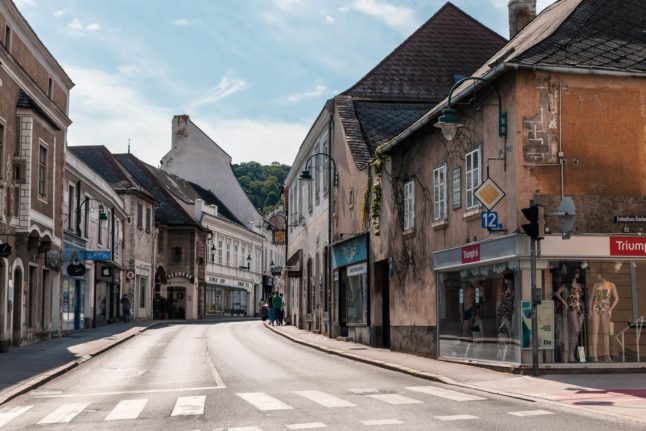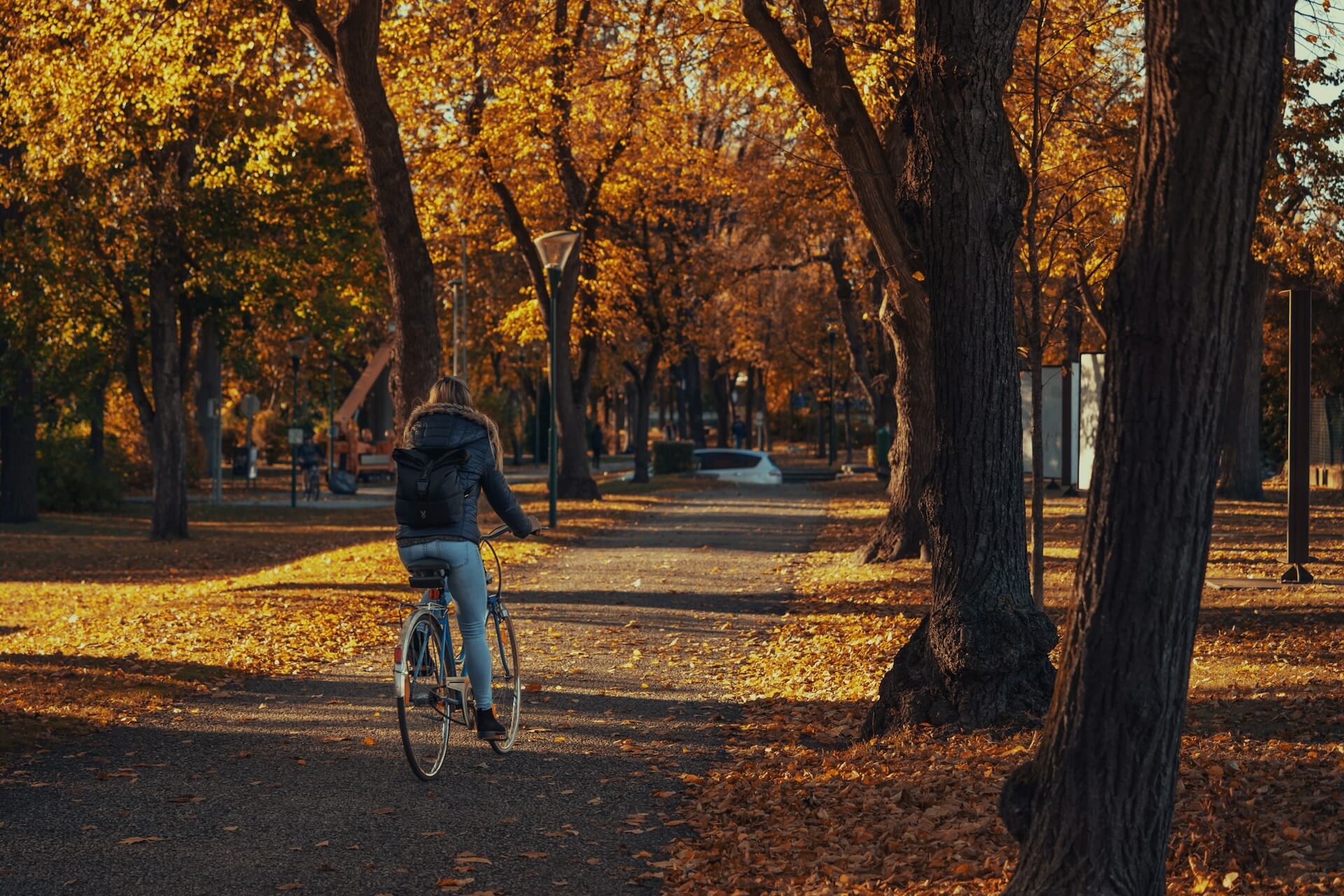Austria’s property market will see less decline in demand this year than in 2023, with positive supply growth and price curve turning upwards, according to the RE/MAX Real Estate Future Index (RREFIX), a compilation of the opinions of around 600 real estate experts throughout the country.
According to the experts, the supply of real estate – especially with new constructions – will continue to rise while demand is falling. Prices for residential real estate continue to drop, and any real increase in demand is only expected for rental apartments (more if they are central).
The experts believe the only expected price increases in 2024 will be for new privately negotiated rental agreements. Additionally, falling condominium prices together with rising rental demand “would be a good combination for investors”, the report stated.
FOR MEMBERS: Property buying rules for international residents in Vienna
As in the expectations for 2023, rental flats are at the forefront of demand for 2024. Demand
for rental flats in central locations will improve from 2.2 percent to 5.9 percent, putting them in the first place. Demand for rental flats on the outskirts of cities will increase by 4.1 percent (2023: 0.9 percent), and those in rural communities are still hoping for a 1.0 percent increase in demand after the 2.3 percent decrease in 2023.
The experts’ tips for buyers
The report also brought tips for those looking to buy property this year in Austria. According to real estate professionals, it’s crucial to clarify your financial options before starting your property search, paying particular attention to conditions and one-off fees for financing.
It’s also worth checking used residential properties in many Austrian regions, as there is significantly more supply of this type of property compared to new builds. However, before “buying second-hand”, it’s essential to check the maintenance of the building, as well as any monthly operating costs. The experts also recommend reading the minutes of the last owner’s meeting.
READ ALSO: EXPLAINED: Why people have stopped buying property in Austria
Difficult property buying rules
In 2023, the sales and number of properties sold fell compared to 2022, which was a record year for property sales in Austria, the RE/MAX report stated. According to the experts, the biggest obstacle for the property market is the lending guidelines in Austria.
“They absolutely need to be adapted quickly, as the current regulations often present even higher earners with insurmountable hurdles to buying property at a young age, as evidenced by the figures in 2023”, said Bernhard Reikersdorfer, Managing Director of RE/MAX Austria.
In August 2022, Austria announced new property buying rules, which have been heavily criticised since then, as reported. The aim was to take some heat out of the property market, which meant homeownership became harder than ever.
The biggest change was that anyone wanting to buy a home in Austria would have to pay a mandatory deposit of 20 percent of the value of a property. With homes in Vienna costing hundreds of thousands of euros – if not more – it meant families would have to pay upfront values such as €50,000 for a small family home in Vienna, for example.
READ ALSO: Which parts of Austria have the most expensive rent prices?
At the time, bankers called for exceptions for young families. “Where are young families supposed to get 20 percent of their own capital, even if both work, unless mum and dad or grandma and grandpa step in?” said the head of Erste Group, Willibald Cernko.
Another new rule for buying properties in Austria is that mortgage repayments must not exceed 40 percent of a buyer’s income.
According to calculations by ORF, someone hoping to buy a home for €360,000 (an amount which rarely exists in some regions due to high prices) would need a net income of €3,250 per month to qualify for a mortgage. It is estimated that half of all Austrian households would not qualify.
Additionally, mortgages can only be granted for a maximum of 35 years, and loans must not exceed 90 percent of the calculated market value of a property.








 Please whitelist us to continue reading.
Please whitelist us to continue reading.
Member comments